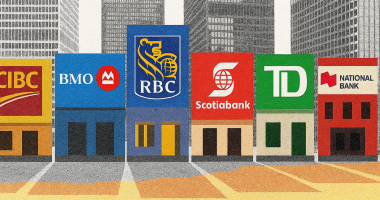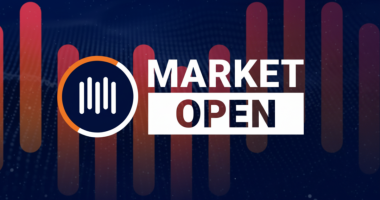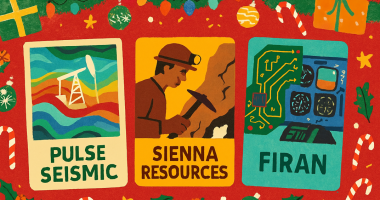In the past couple of years, generative artificial intelligence has taken over. It is spanning many different uses. AI can be used for personal, educational and even business purposes.
By using algorithms, the technology can create content spanning from audio, code, images, text, videos and beyond.
We are diving into the similarities and differences around different companies utilizing it and how there is a complex duality to the artificial intelligence that has become so mainstream.
Two prominent players in the industry are ChatGPT, created by OpenAI, and Bard, born by Alphabet (NDAQ:GOOG), Google’s parent company.
Let’s start with Bard, Google’s experimental conversational chat technology, which does what Google has been doing. Giving humanity answers to a vast array of questions.
In a blog post from Google on Feb. 6, the company’s CEO, Sundar Pichai, said, “AI is the most profound technology we are working on today. Whether it’s helping detect disease earlier or enabling people to access information in their language … [AI computations are] far outpacing Moore’s Law.”
Google has managed to be a platform most turn to in need of answers, and the company knows that. So naturally, it established its generative AI to supply long-form, in-depth explanations through its PaLM 2 language model, pulling information straight from the web.
Also worth mentioning was the less-than-fantastic launch of the chatbot, resulting in a loss of $1 billion in market value in a single day.
Some quick pros of Bard are its ability to summarise webpages, accessibility to current information and user-friendly interface. On the other hand, it does not keep a catalogue of previously asked questions, is prone to make up information, and only sometimes from reliable sources.
ChatGPT, also known as Chat Generative Pre-trained Transformer, was created by OpenAI and can give humanlike responses. Developed in 2015 by Sam Altman, Elon Musk, and many other prominent individuals, this generative AI gathers information from Wikipedia, books, news articles and scientific journals. Microsoft (NDAQ:MSFT) is a major investor in OpenAI.
ChatGPT’s positives are that it is better at writing than Bard. It also catalogues previous conversations and questions and can share responses with others. As for cons, the responses tend to be longer, the user MUST fact-check answers to avoid wrong information, and the more advanced version costs money.
Although ChatGPT and Bard are similar in results, the most significant difference is where data sourcing comes from.
Bard gets information from the internet, so it has the latest information, whereas ChatGPT’s information has not been updated since 2021, resulting in a limit on newer information.
As briefly mentioned before, when Alphabet launched its experimental conversational AI, Bard, misinformation from the chatbot fueled concerns over the readiness of the AI, resulting in shares sliding around 9 per cent. The company lost $100 billion in market value after the company event.
Alphabet is doing well, and there is the option to invest. Its six-month view is up more than 38 per cent, with a market cap of more than $1.5 trillion.
When it comes to OpenAI, it is a private company, so retail investment is out of the question. However, an alternative is to invest in some of its shareholders and partners to gain exposure to the company and the AI sector. Microsoft’s stock price, for example, is up 78 per cent in the past year, partly because of the company’s investment in and utilization of OpenAI.
Given specific issues that have come to be, humanity is at a standstill regarding the total integration of new advancements into our everyday lives. Ethical issues along with rules and regulations also have yet to be firmly established.
Tech billionaire and businessman Elon Musk told attendees at the World Government Summit in Dubai in 2022, “One of the biggest risks to the future of civilization is AI.” And that it is both a “positive [and] negative and has great, great promise.” Musk warned listeners of AI’s ability leading to “great danger.”
With the dangers aside, the industry’s overall growth is supposed to keep climbing. According to a report from the S&P Global Market, revenues will reach more than $3.5 billion this year, further expanding to $36 billion by 2028.
Only time will tell how monetarily successful generative AI will be and if it can work harmoniously with humanity.
For the most up-to-date and accurate information, please refer to the latest financial news or financial market databases.
Join the discussion: Find out what everybody’s saying about Alphabet and Microsoft Bullboards investor discussion forums, and check out the rest of Stockhouse’s stock forums and message boards.
The material provided in this article is for information only and should not be treated as investment advice. For full disclaimer information, please click here.



